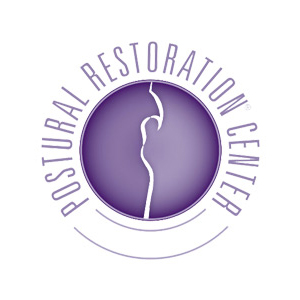What is Postural Restoration?
At its most basic, postural restoration refers to the fact that the body is not symmetrical, and provides for revolutionary treatment approaches toward addressing this asymmetry. At the Cantrell Center, we are proud to be on the cutting edge of exploration into the science of postural adaptations and asymmetrical patterns in the human body.
All humans have asymmetry in their anatomy that influences the way we stand, sit, walk, and even breathe. Our neurological, respiratory, circulatory, muscular and vision systems are not the same on either side of the body, and each possesses its own unique set of responsibilities, functions, positions, and demands.

However, when these normal imbalances are not regulated by reciprocal function during walking, breathing or turning, a strong pattern emerges that negatively influences muscle function and structural alignment, creating structural weaknesses, instabilities, and musculoskeletal pain syndromes.
Postural Restoration Institute® (PRI) trained clinicians recognize and treat these imbalances and typical patterns associated with system disuse or weaknesses that develop because of dominant overuse. By directly addressing underlying postural patterns, we can more effectively treat our patients, while teaching them how to prevent further injuries.
To this end, the Cantrell Center not only employs highly trained PRI certified therapists, we work hand-in-hand with other medical experts—namely eye doctors and orthodontists—to successfully treat patients with all sorts of maladies, to include back and neck pain, fibromyalgia, and sports injuries.
It may seem incredible, but imagine helping patients who experience debilitating headaches simply by altering the position of the jaw!
Are you an Athlete? Click here to learn how to make “great” even better, all while reducing the risk of injuries!
See how ballet dancer, Clara Politino, went from knee pain and a clunky brace to being brace-free, pain-free, and churning out double turns effortlessly.
Part of the initial evaluation consisted of looking at her gait pattern. It was determined that her knee was not, the cause of her pain, but a symptom. In fact, her knee and the resulting pain were found to be due to overcompensating for the incorrect positioning of her left hip. Not only did we find the cause of her pain and treat it, the PRI™ exercises we had her do caused her to better perform her sport. When she first came to us, she was only able to do a single turn and after finishing her physical therapy treatment using PRI™ techniques at the Cantrell Center, she was able to effortless do a double turn.


